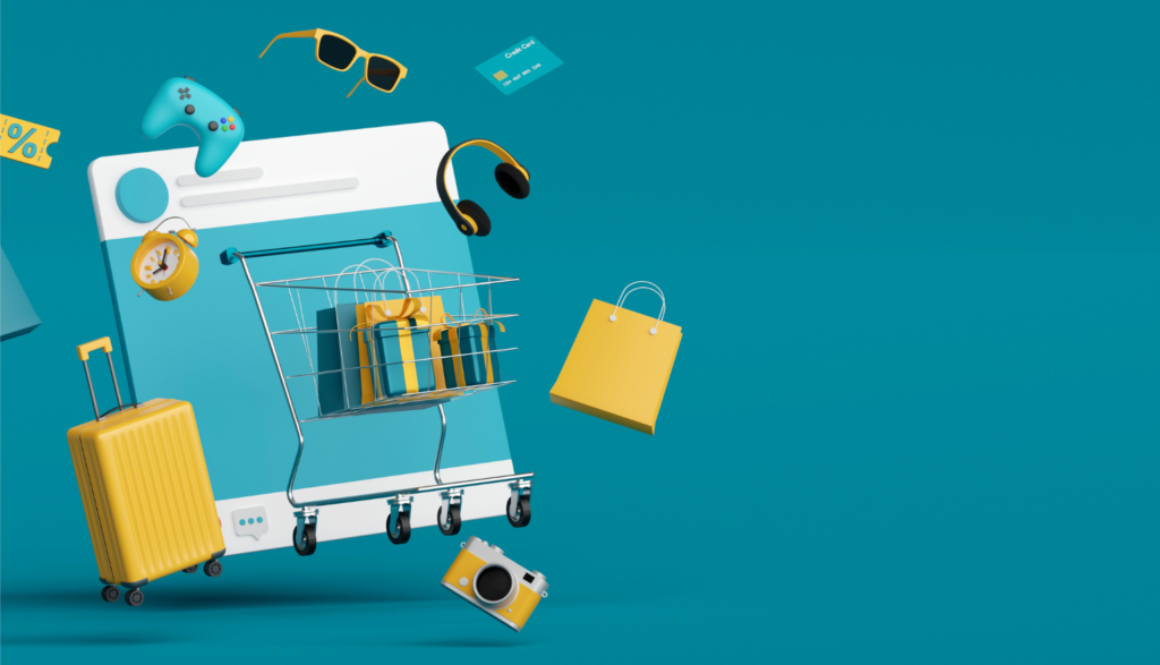Are We Ready for the “Phygital” Future of Retail?
As the retail industry continues to evolve, we are inching closer to a future where physical and digital shopping experiences merge seamlessly. By 2030, consumers will expect this integration, a trend that is increasingly being referred to as the “phygital” future of retail. This future promises to revolutionize the way we shop, but the big question is—are businesses truly ready to meet these demands?
The rise of phygital retail brings both exciting innovations and significant challenges. With advancements in technology and growing consumer expectations, it’s critical for retailers to stay ahead of the curve. Let’s explore the key trends shaping this future and what they mean for the industry.
1. Personalized Online-to-Store Experiences
In today’s retail landscape, consumers are demanding a unified shopping journey that blends online and in-store experiences. Imagine walking into a physical store and instantly receiving personalized product recommendations based on your online browsing history. This seamless connection between digital and physical retail will soon become the norm, allowing retailers to deliver highly tailored and immersive experiences to their customers.
Retailers that invest in omnichannel strategies will thrive in this phygital world. With the right technology, they can bridge the gap between a customer’s online behavior and their in-store preferences, ensuring a cohesive experience that feels personalized at every touchpoint.
2. Immersive Technologies
The integration of virtual and augmented reality (VR and AR) technologies is set to transform the way consumers interact with products. Virtual try-ons, digital mannequins, and AR shopping experiences will allow customers to visualize how products fit or look before making a purchase.
For instance, a shopper may use their smartphone to scan an item in-store and see how it would look in their home through AR. This not only adds convenience but also enhances the overall shopping experience, making it more interactive and engaging. Retailers that adopt these immersive technologies will create an environment where consumers feel more connected to the products they’re purchasing.
3. Experiential In-Store Offerings
In the phygital future, shopping will evolve beyond traditional transactions. The in-store experience will become more focused on creating memorable, engaging moments for customers. Retailers will need to host events, workshops, and classes to draw consumers into their stores and keep them coming back.
For example, a clothing brand might offer styling workshops, while a tech retailer could host hands-on demonstrations of the latest gadgets. By creating these unique in-store experiences, brands will build deeper connections with their customers, making shopping more than just a process of buying items but an experience worth remembering.
4. Optimized Fulfillment
Convenience will remain a driving factor for consumers in the phygital era. Services like click-and-collect, curbside pickup, and same-day delivery are already becoming standard. However, in the future, these services will need to be optimized to meet the high expectations of modern shoppers.
To achieve this, retailers must invest in innovative fulfillment processes and supply chain solutions that prioritize speed, accuracy, and customer satisfaction. Whether it’s ensuring real-time inventory updates or coordinating last-mile delivery, a streamlined approach to fulfillment will be crucial for businesses to remain competitive.
The Key to Success: Analytics, Personalization, and Sustainability
To succeed in the phygital future, industry leaders stress the importance of investing in advanced analytics and personalization tools. These technologies allow brands to gather and analyze valuable customer data, enabling them to offer highly tailored shopping experiences that resonate with individual preferences.
Moreover, sustainability will play a critical role in shaping consumer decisions. As customers become increasingly environmentally conscious, brands must integrate sustainable practices into their operations. This includes optimizing supply chains to reduce waste, offering eco-friendly product options, and implementing greener fulfillment methods. In the phygital world, a commitment to sustainability will not only attract customers but also build brand loyalty.
Is Your Company Ready for the Phygital Revolution?
While the phygital future offers exciting opportunities, it also presents substantial challenges. To succeed, companies will need to overcome technological barriers, rethink their business models, and invest in the right tools and strategies. This trillion-dollar opportunity is one that requires careful planning and execution.
The question is: Is your company prepared to lead in this evolving landscape?
Now is the time to assess your capabilities, identify any gaps, and invest in the technologies and strategies that will ensure your business thrives in the phygital future.
The future is approaching rapidly—are you ready to meet it head-on?

